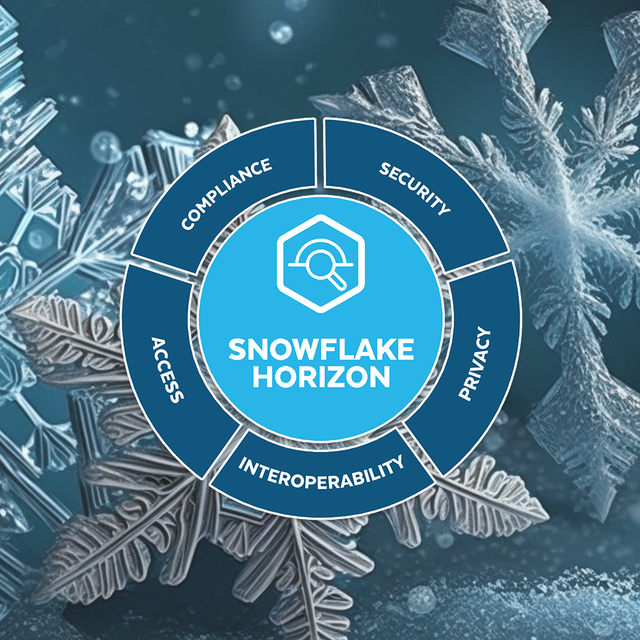
Although our software was born in London, we now call many of the world’s great cities home. Earlier this year, we set up shop in Houston, Texas to meet the demand for next generation data management solutions throughout North America. Since then, we’ve attended a myriad of events across the continent and have welcomed many new colleagues that share our passion for reimagining data management.
Last week, three of those colleagues – Solidatus’ Global Strategic Account Director, Mary Anne Bullock; Advisory Solutions Engineer, Kevin Shannon; and our Director of Business Development, Glenn Aluce – joined our CEO, Philip Dutton and our Director of Analyst and Industry Relations, Ashlee Dutton at A-Team’s data management summit in New York City.
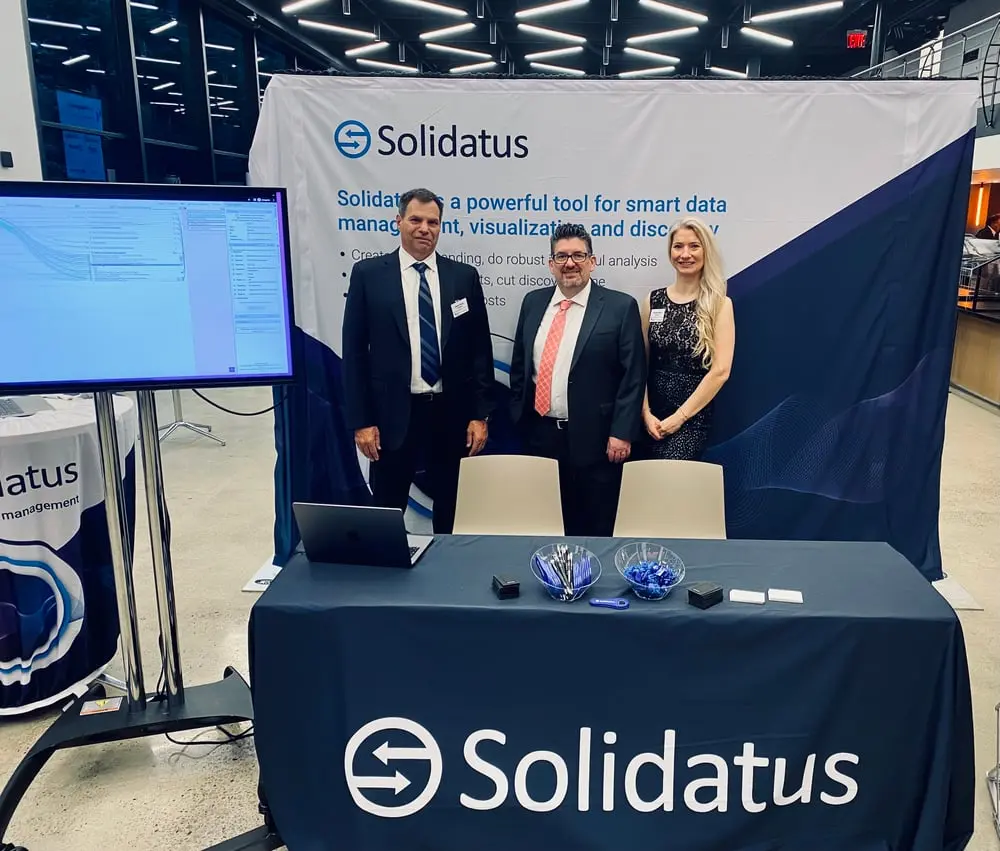
We listened and learnt from those who attended, absorbing their insights, and suggested solutions to their complex problems. Ashlee Dutton commented on her experience at the summit: “There is a change happening across many industries. When it comes to an organization’s data strategy, they’re now shifting from defense to offense. Data is more than just another thing to report on – it’s influencing how the C-suite are steering the direction of their businesses.”
The theme of the event was centered on leveraging data to drive business and compliance insight – topics that Solidatus regularly speaks to. Addressing a packed venue, Philip Dutton joined the Chief Data Officer at Bank of New York Mellon (BNY Mellon), Eric Hirschhorn, on stage to deliver a keynote about how our data blueprints are being used for knowledge, context and better decision making. BNY Mellon is the world’s largest custodian bank, managing $43 trillion of client assets. Hirschhorn played a pivotal role in the bank acquiring the Solidatus solution to transform their data management program.
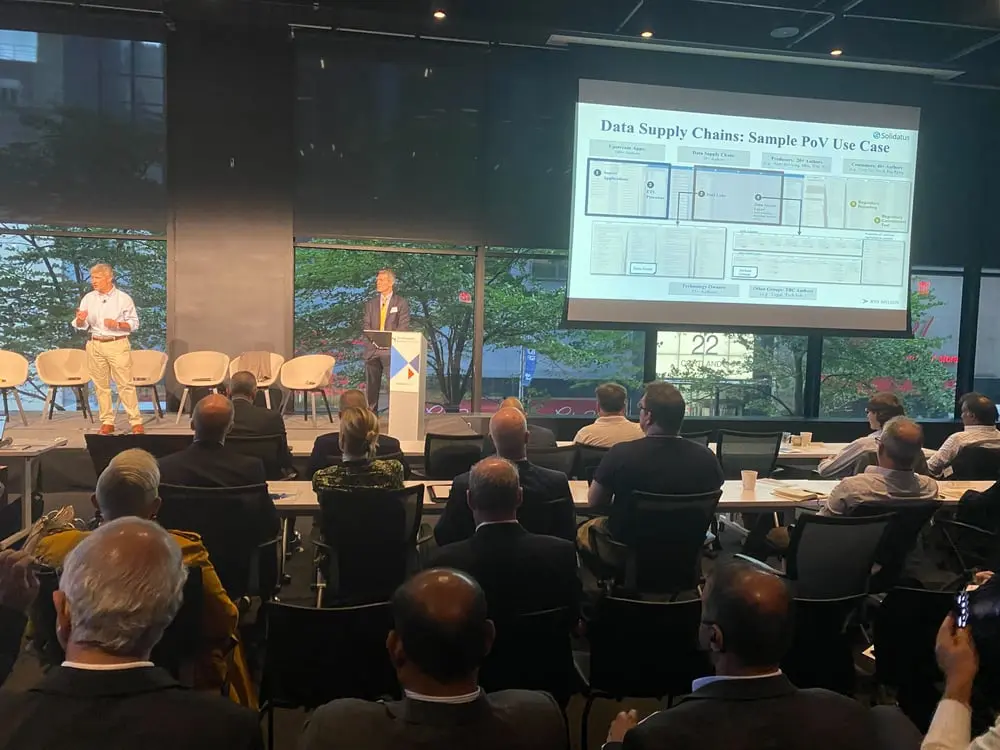
To summarize Philip’s and Eric’s key points:
- Change is inevitable, preparation is paramount.
“The data world has changed so dramatically, so why hasn’t our approach or tooling? This is why we developed Solidatus – to deliver a solution that provides unique capabilities within data management to enable a fundamental shift in thinking and approach. We’re enabling organizations to create living and dynamic blueprints of their data, allowing the business to simplify the complexity and give context allowing quicker and better data driven decisions,” said Philip.
- Everything is connected. Data doesn’t exist in a vacuum.
At Solidatus, we know that everything is connected, and that there is a global demand for active metadata: the continual visualization of systems, infrastructure, processes and critical data elements. Data interacts and impacts an organization’s entire ecosystem, so it must be modeled as such. Data’s WHY is more important than the WHAT or the HOW. No matter how far along you are on your data journey, you need to know where you are to understand where you want to get to. Solidatus allows you to see the data held across your enterprise architecture. Philip added: “Let’s not continue to boil the ocean, let’s start with the kettle.”
- Building a strong data foundation unlocks value across your business.
Eric talked about the immeasurable value that will result from implementing Solidatus. With Solidatus, he and his colleagues can understand the flow of their data for regulatory filings; ensure their risk picture is correct; trace the journey of their market data; and comply with jurisdictional concerns around where data is stored. Having a unified view of their data landscape is vital for building new products and services, and to ensure their data is timely, complete, accurate and consistent. These are just a few of the ways in which Solidatus can be used. Departments across BNY Mellon are planning on using our software for multiple different use cases. The goal is to move from a siloed to an enterprise data management governed view.
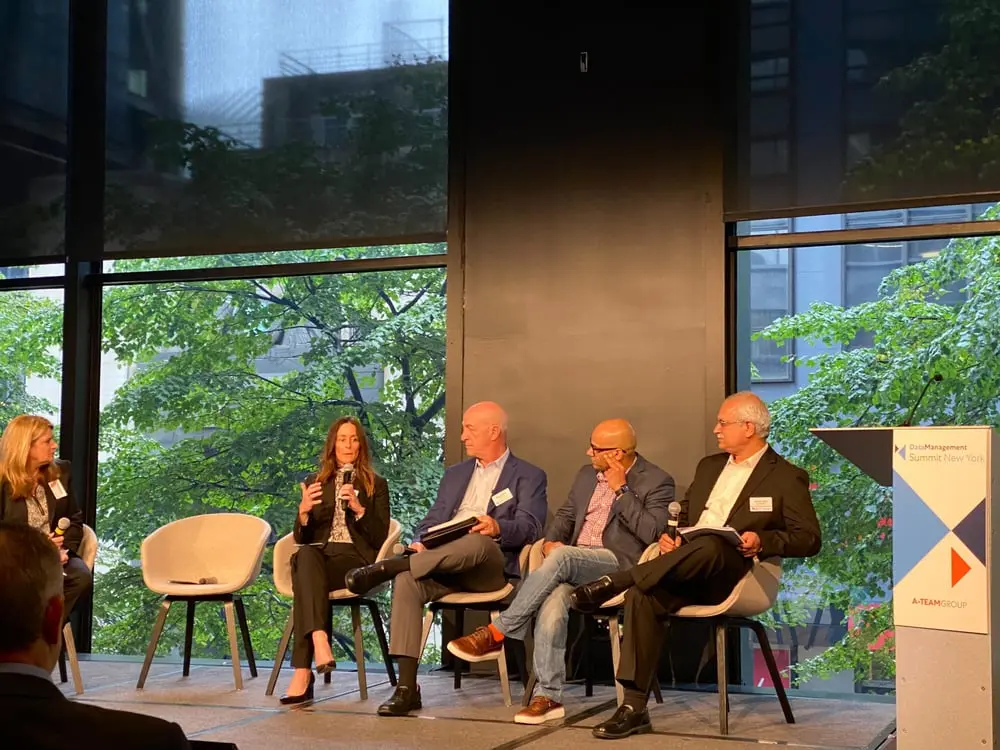
Soon after Philip’s and Eric’s keynote, Solidatus took the stage again. Mary Anne joined leading data practitioners and innovators on a panel titled, “Shifting to agile data management practices to ensure enterprize-wide data access, analytics and visualization.”
Mary Anne made several key observations:
- The main benefits of data democratization are timely and equitable access to data.
When users across your business have access to data that is held in context, numerous other benefits span from it. These include:
– Accelerating transformation programs and product innovation.
– Delivering rapid insights with confidence and trust.
– Reducing expenses associated with manual efforts and subject matter expertise.
– Building a sustainable knowledge base – once connections are built, they are retained throughout the life of the project.
- Traditional data management development approaches fail because of rigidity.
An agile approach to data management stops organizations churning through multiple system implementations which lead to uncoordinated reporting and analytics because of tight coupling with the systems that are being deployed. Most existing data functions are governance- driven, which has put a burden on data producers to maintain various catalogs and data asset inventories, along with various sets of complex business rules.
- To create value from data you need an active data culture.
To get businesses to think of data as an asset, any policies, procedures, and governance structures must be supported by a culture that encourages open communication and a common understanding between those that prepare and process data sets, and those who consume that data for analysis, insights and reporting. Adopting a commercial mindset is fundamental to setting up successful data functions.
We believe that Solidatus holds the keys to a new frontier of data management, so we were delighted to be recognized as such by our peers by being awarded A-Team’s Best Data Discovery and Catalog Solution at the summit.
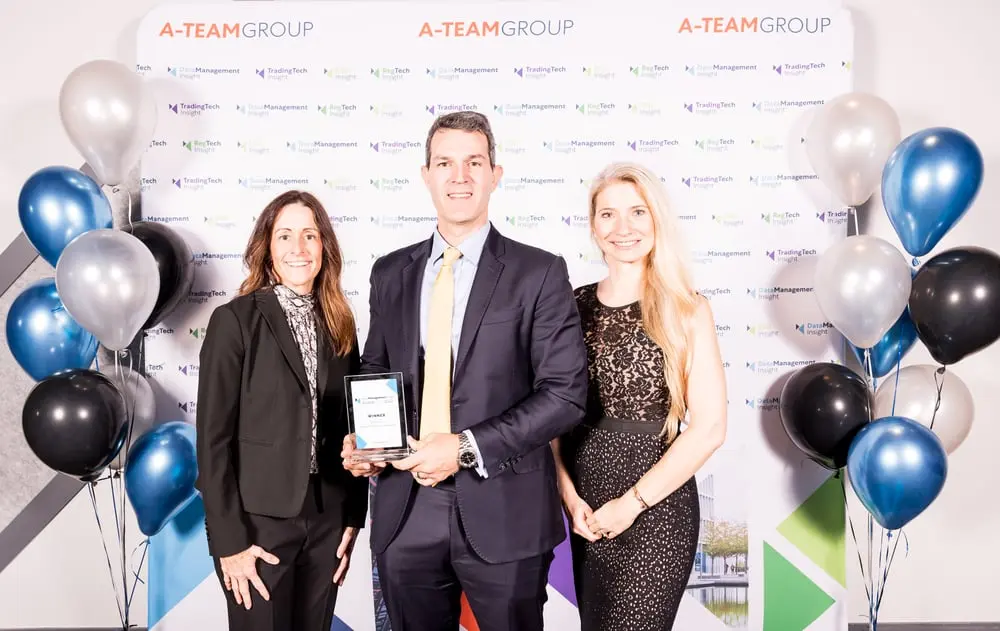
Get in touch to find out how we can help you usher in a new era of data decision-making
Find out how you can create a living blueprint that can provide you with the knowledge and context for better-quality decision-making, robust impact analysis and reduced program time, risks and costs.

